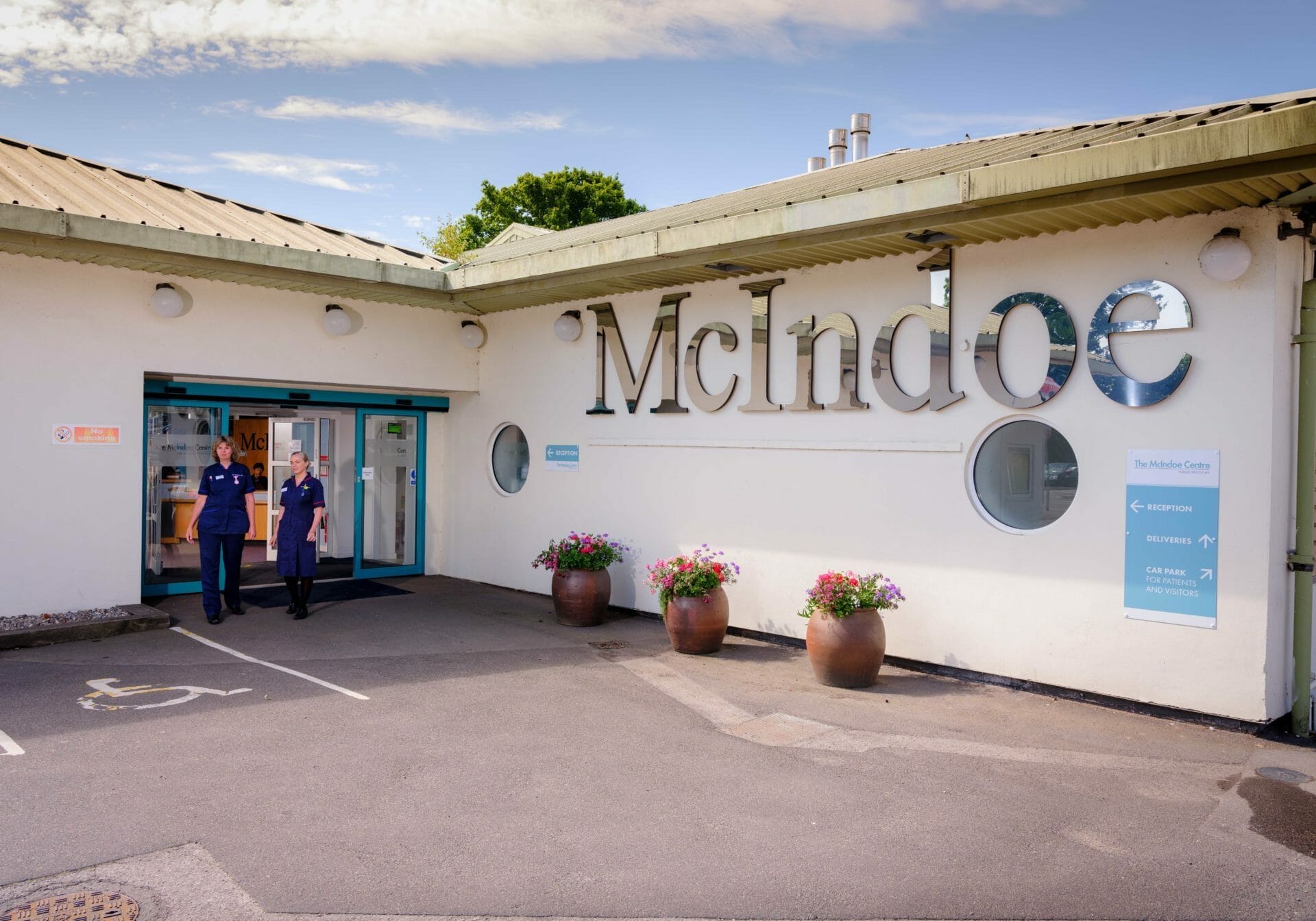A Guide To TUG Flap Construction
If you are considering breast reconstruction surgery, you may be familiar with TUG flap reconstruction. TUG is an alternative to the most common types of surgery offered.
This guide from The McIndoe Centre will tell you everything you need to know and answer some all-important questions. What is a TUG flap? What does it entail? Who is suitable for the surgery?
What Is A TUG Flap?
TUG flap reconstruction is a free-flap procedure. This means that tissue is used from other areas of your body, like your upper inner thigh - and transferred to your breast to aid reconstruction.
The procedure frees fat, blood vessels, muscle, and skin from the donor site and attaches it to the blood vessels in your chest using microsurgeryy - with the aid of a microscope, the surgeon will stitch the tissues onto the blood vessels. A small piece of rib cartilage may need to be removed to allow surgeons to access the blood vessels. TUG is often a required option for those who need to remove breast tissue as either a preventative or a result of cancer.
Who Is The Best Candidate For A TUG Flap Reconstruction?
This procedure is ideal for women who want breast reconstruction using their own tissue. However, some candidates may be more suitable for TUG flap reconstruction than others. A good candidate will usually have the following:
- A slim abdomen (alternative surgery has the fat for the reconstructed breast taken from here)
- Smaller breasts that are between an A-C cup
- Already scarred abdomen
- Plans to have children in the future
What Are The Alternatives For Those Not Suitable For TUG Flap Reconstruction?
There are two alternatives for those not suitable for TUG flap reconstruction – TRAM and DIEP flap surgery. Both take flesh from the belly as opposed to the inner thigh. They are both similar in approach, but DIEP is the advancement of TRAM flap surgery.
- DIEP: Deep inferior epigastric perforator (DIEP) flap reconstructs the breast using skin and fat from your abdomen
- TRAM: Transverse rectus abdominus myocutaneous (TRAM) passes the muscle tissue and blood vessels under the skin to the chest
The TUG Flap surgery process
Preoperative TUG Flap Preparation
There are a few things you need to do to prepare for your surgery. Firstly, if you smoke, you must stop three weeks before your surgery is due to take place. It can reduce the likelihood of post-surgery complications. You should also avoid taking medication that contains anti-inflammatories. You should also expect to have a pre-check-up of general health before the operation. Bring a comfortable bra alongside toiletries, a loose-fitting nightgown and slippers.
During TUG Flap Surgery
TUG flap surgery is a complex procedure. It can take anywhere between 4 and 8 hours to complete. This type of surgery is performed under general anaesthetic, so you will not feel anything during the procedure. Your inner thigh tissues will be removed - and attached to the chest. During the surgery, you will have a urinary catheter fitted to drain urine, and some drains will also be positioned in the thigh and breast. These will be removed a few days after surgery.
Post TUG Flap Surgery Recovery & Aftercare
Most patients will remain in the hospital for up to 5 nights after the surgery. Your body needs time to recover, so use this time to relax and don’t engage in strenuous activity. For a few weeks, you will need to wear a supportive bra for 23 hours a day. Choose a bra without wires and padding and opt for one with full coverage, so you have support. As for your donor area, you may also feel comfortable wearing supportive shapewear. After your surgery, you should limit the amount of sitting time as possible. Either lie down or gently walk around.
Levels Of Scarring To Expect Post-Surgery
You should expect to see some scarring after the procedure is done. This is because the procedure itself is a type of invasive surgery. You will notice scarring on the reconstructed breasts - and the donor area, usually your upper inner thigh. Scarring in the donor area is usually not a worry for patients as it can be hidden with shorts. There are some steps you should follow to care for your scars. Massage lotions into the skin to help reduce the visibility of scars. Use an unscented moisturiser and massage your scars around 3-4 times a day. You can only start massaging your scars after your wounds have fully healed, which should be around two weeks after surgery.
Is TUG Flap Reconstruction Always Successful?
TUG flap reconstruction is considered a safe procedure if you are a suitable candidate. Most patients will only need to undergo surgery once. However, additional surgery is not unheard of as flap failure can occur. This is when part of the flap or the entire flap dies. If this happens, further surgery will be required to remove the tissue. This means you can be left with no reconstruction and additional scarring. Please note that problems can usually be detected before flap failure occurs. If you choose an experienced surgeon, like our team of specialists at The McIndoe Centre, you can seek the peace of mind knowing you are in the right hands.
TUG Flap Surgery Risks
Like any procedure, there are some potential risks related to TUG flap surgery. Although they are rare, it is important that you are aware of them before choosing to undergo surgery. Please note that few patients experience long-term issues as a result of the surgery. Your surgeon will discuss this with you during your consultation to help put your mind at ease. Below – are a list of potential risks:
- Lumps in the reconstructed breast
- Tissue breakdown
If the blood supply to your breast is cut off, this can cause fat to be replaced by scar tissue, which will gradually start to feel like a lump. This is called fat necrosis. In rare cases, the tissue used to reconstruct your breast may die due to poor circulation. The skin may appear dark in colour and be cold to the touch. If this does occur, the entire flap can be removed and replaced.
Consultants that perform this procedure
Why Choose The McIndoe Centre?
The McIndoe Centre is home to some of the UK’s most esteemed consultants and exceptional facilities. Since 1997, we have built a respectable reputation within the industry and are committed to treating our patients with kindness and respect - giving them the treatment they deserve. We have provided many patients with high-quality treatments over the years and continue to deliver exceptional results each day.
If you would like to discuss TUG flap reconstruction or any other type of breast reconstruction with one of our highly-skilled team members, make an enquiry below.






